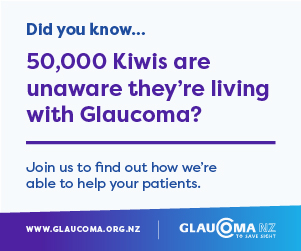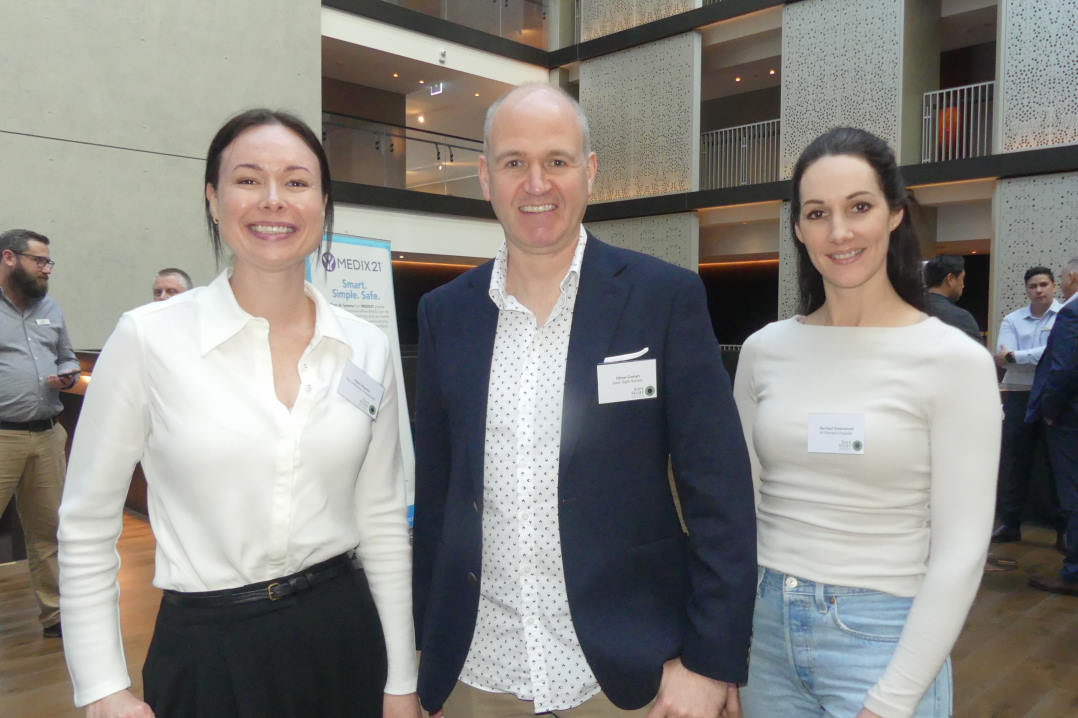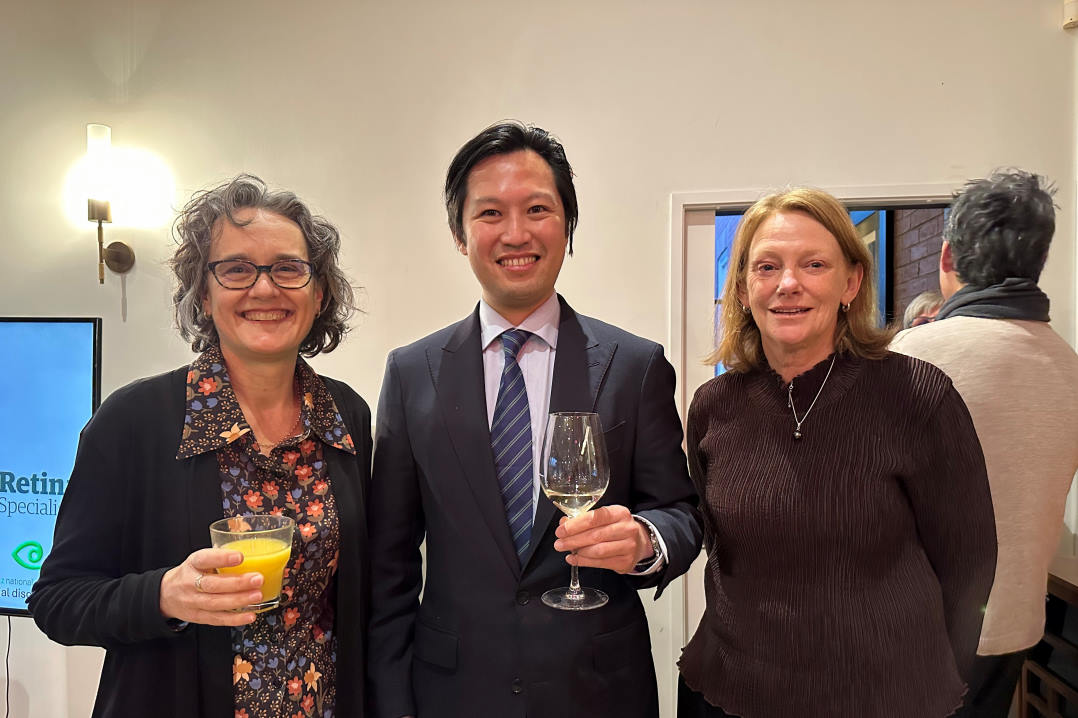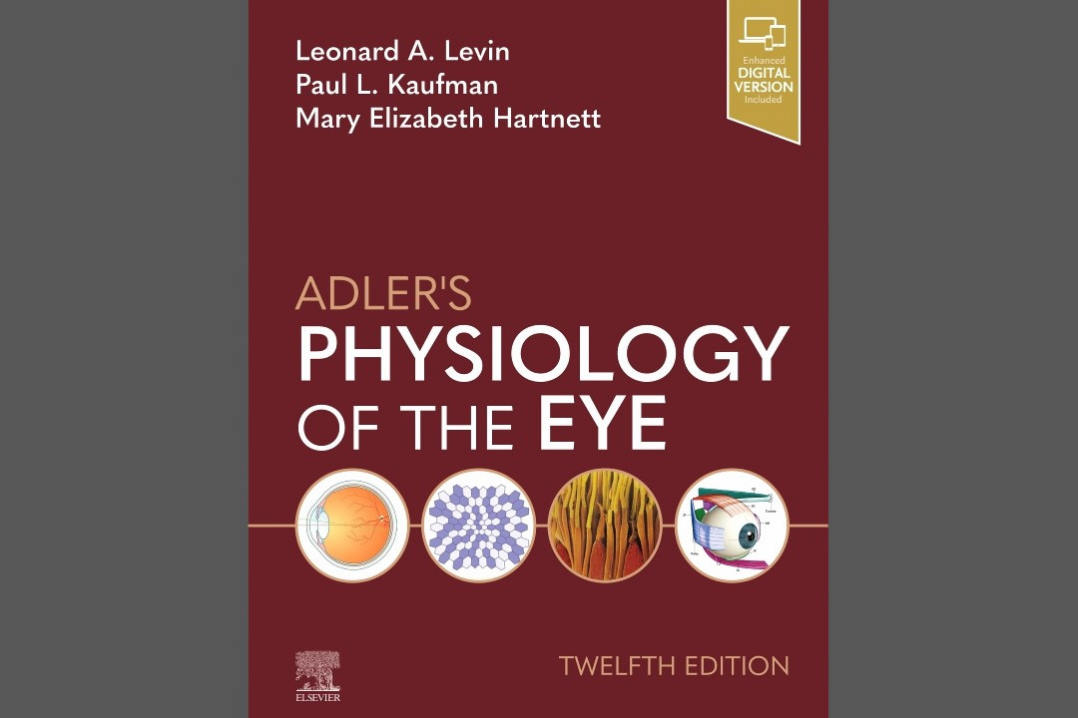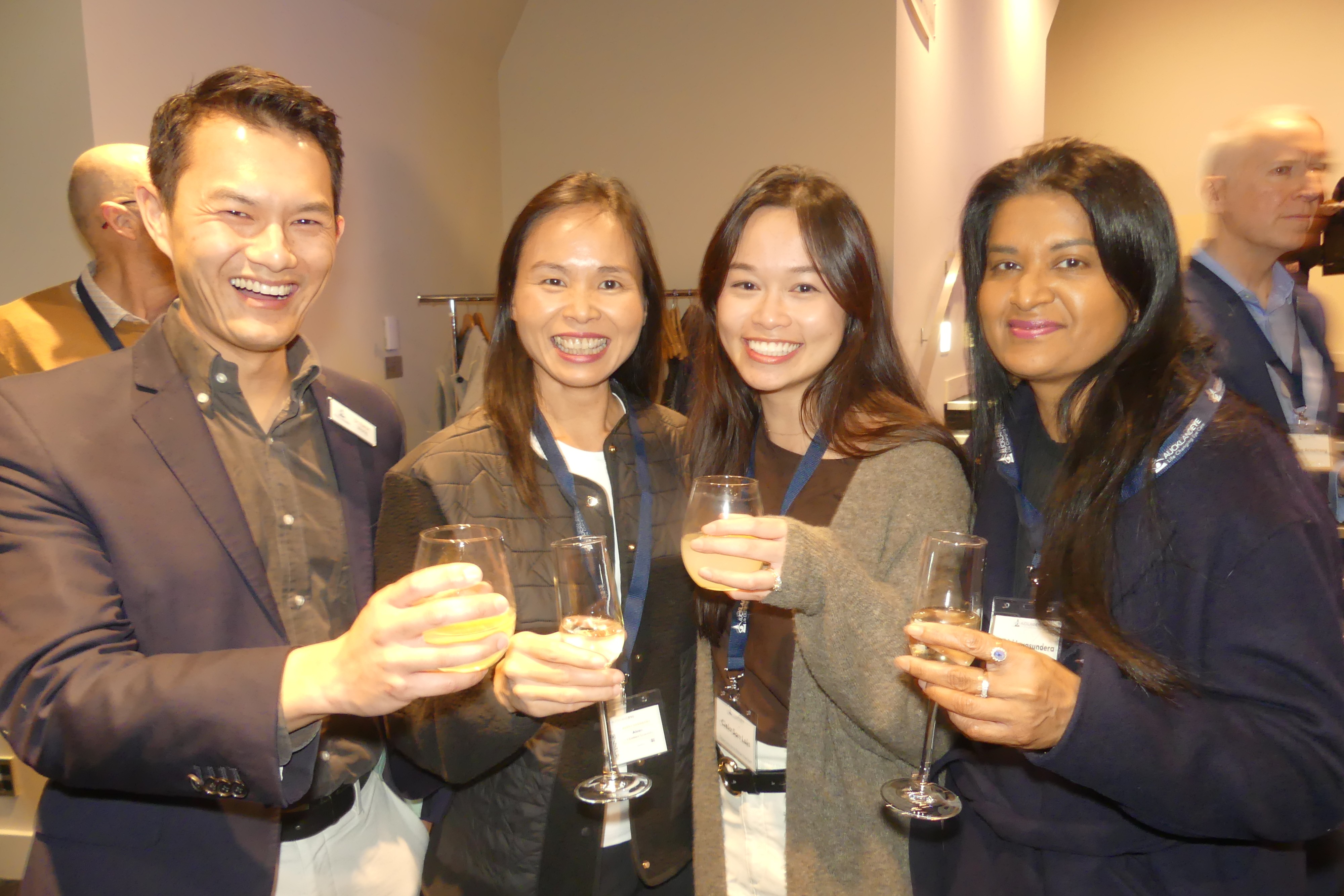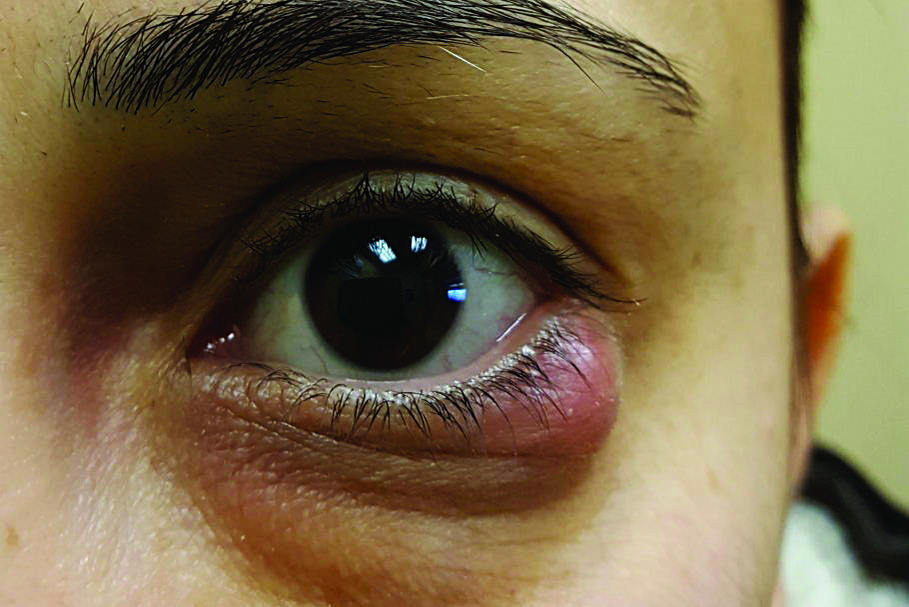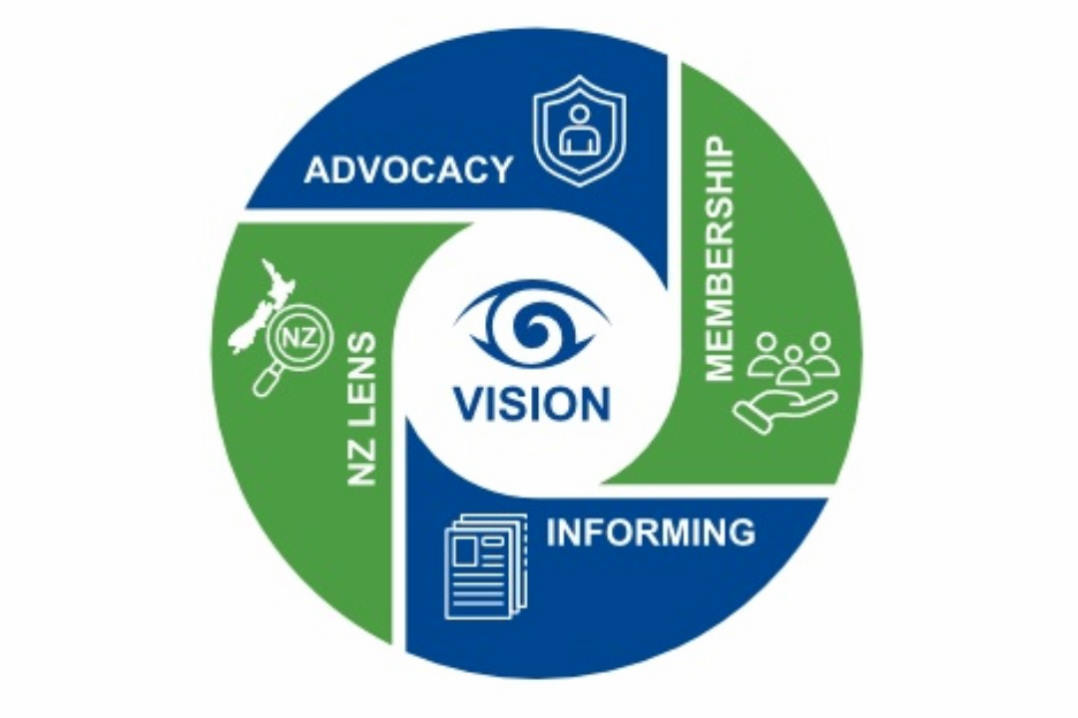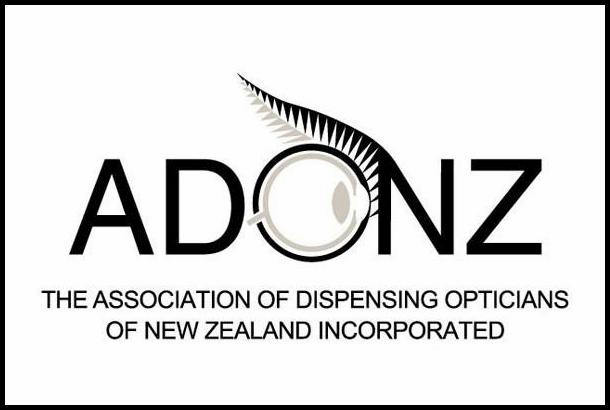Optom-oversupply, burnout concerns
Optometry Australia (OA) has commissioned a new workforce supply-and-demand projections study to investigate its concerns an oversupply of optometrists is hampering graduates’ employment opportunities, despite another new survey showing working optometrists are at increasing risk of burnout.
According to the Optometry Board of Australia’s latest statistics, an increase in the number of optometry schools has led to a rise in optometrist numbers from 5,399 in 2017 to 7,150 in October 2024. “The optometry workforce per capita is now higher than many comparable countries, with particularly high concentrations in metropolitan and larger regional areas,” said OA, adding that it is now actively opposing the establishment of new optometry schools and advocating against increases in graduate numbers. In a formal submission to the Australian federal government’s Occupation Shortage List (OSL) survey, OA said, “We note many available roles are filled through internal recruitment rather than public job postings and the positions that are advertised often remain open for long periods due to geographic location challenges, rather than a true shortage of optometrists.”
The maldistribution of the optometry workforce did not change significantly between 2011 and 2019, said Professor Nicola Anstice, Flinders University College of Nursing and Health Sciences and a University of Auckland optometry PhD graduate. “Many optometry programmes in Australia have specific entry pathways for students from regional and remote areas but there is currently insufficient evidence to understand whether this will redress the geographic maldistribution of eyecare.” The federal government’s Workforce Incentive Program – Practice Stream provides financial incentives to help general practices with the cost of engaging nurses, Aboriginal health practitioners and other allied health professionals, she said. “However, this does not currently include optometrists.”

Dr Andrew Collins with Prof Nicola Anstice
OA’s new workforce study is due to be completed this year. In the interim, OA said it is promoting expanded optometry roles, supporting members to work to their full clinical scope and advocating for better recognition of their skills within the broader healthcare system. It is also engaging directly with decision-makers, such as Australia’s health regulator AHPRA and major optometry employers, to ensure workforce conditions are improved and launching public awareness campaigns to increase community engagement with optometry.
Optoms’ ‘significant moral distress’
In 2023, OA raised concerns about the wellbeing of its 4,000-plus members, citing “disturbing figures from studies underscoring the pressing need for increased mental health support within the Australian optometry sector”. Now a new workforce survey of 505 optometrists, commissioned by OA and led by Prof Anstice and published this year, has revealed, “significant moral distress” among the country’s optometrists. Respondents cited factors such as KPI focus causing role conflicts and shorter appointment times, while 65% said they had no admin-time allowance after consultations. One said the profession was overworked and underpaid, likening their role to being a robot. Although none of the respondents said they were planning on retiring, 7% said they were considering leaving the profession within the next year.
“Our survey results found that more than 75% of participants agreed or strongly agreed that they continue to provide high quality eye health and vision care using the best evidence-based practice guidelines available,” said Prof Anstice. “However, most optometrists report that the only feedback they receive is on their ability to meet financially driven KPIs and many find this causes significant role conflict as a healthcare professional.” OA’s Position Statement on Workplace Conditions calls for KPIs to prioritise patient-centred care and provide a holistic approach to measuring the clinical performance of optometrists.
The New Zealand perspective
Both the Optometrists and Dispensing Opticians Board (ODOB) Workforce Survey reports and workforce modelling undertaken by Te Whatu Ora indicate the supply of optometrists is just above the rate required to maintain the current workforce, said Dr Andrew Collins, head of the School of Optometry and Vision Science (SOVS) at Auckland University. “This allows for a prediction of a relatively small but constant annual growth in numbers, resulting in an overall increase of approximately 17% over the next 10 years,” he said. “The majority of our final year BOptom students are still able to find employment prior to graduation.”
Auckland University graduates represent approximately 14% of optometrists working in Australia, while 2.5% of New Zealand optometrists graduated from Australian optometry programmes, said Prof Anstice. “It is possible with the increased scope of practice of optometry in New Zealand, particularly oral medication prescribing and laser procedures, more Australian optometrists may explore opportunities for practice there.”
According to the ODOB, New Zealand had 21 optometrists per 100,000 population last year, while the OA reported there are almost 26 per 100,000 in Australia. It should be noted, however, that the average weekly hours worked in New Zealand in the ODOB survey was 32, not full time, said Hadyn Treanor, president of the New Zealand Association of Optometrists. Having only one optometry school in Aotearoa also allows for greater control of graduate numbers, he said.

Hadyn Treanor
In New Zealand, although optometry remains on the immigration green list, this doesn’t seem to have created a sudden influx in overseas optometrists, said Treanor. “That’s probably because of the Optometry Council of Australia and New Zealand’s registration requirements for overseas optometrists’ qualifications to be accepted by the ODOB.” The current immigration rules may actually assist with “managing the challenges of rural and regional recruitment of optometrists,” said Dr Collins. Similar to Australia, it’s the geographical distribution challenges that concern New Zealand’s eyecare professionals more than the country’s actual number of optometrists, he said.
A SOVS’ study by Associate Professor Jacqui Ramke’s team concluded most New Zealanders live within 10km of eye health services. “However, to achieve equitable eye health, strategies are required that make affordable eye health services accessible to communities for whom large travel distances intersect with high deprivation.” This is particularly apparent in the Northland region, whose residents have the highest average travel distance to both optometry and ophthalmology services, said Dr Collins. “The feedback from the optometry profession is that it is more difficult to employ graduates in regional and rural locations, including the west coast of the South Island.” SOVS has responded to this by doubling the number of students accepted through the Regional and Rural Admission Scheme into the Bachelor of Optometry programme from five to 10, he said. “We know from research into the practice destinations of health professionals that rural and regional origin is the best predictor of future practice location.” SOVS has also received philanthropic funding to support a three-year pilot scheme to increase the numbers of final-year students taking up regional and rural external placement opportunities, added Dr Collins.







